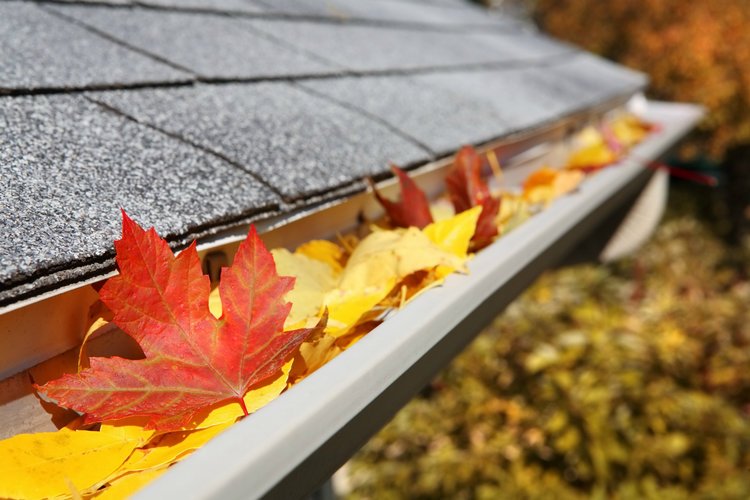4 Simple Landscaping Drainage Solutions
During heavy rains, irrigation or gradual buildup of surface or subsurface water, water damage is a huge concern for homeowners. Improper drainage can destroy the root systems of mature trees, wreak havoc on a lawn, obliterate flowerbeds, damage hardscaped areas and even erode the foundations of your Pleasant Valley, NY home. In order to prevent this sort of costly damage, effective drainage is an absolute necessity. Here are some of the drainage solutions we provide in order to protect your landscape and allow for an overall healthier yard.
Downspout Drainage
Much of the water that runs into yards during wet weather is actually runoff from the roof’s gutter system. In order to prevent this water from ending up on your lawn or in your flowerbeds, a proper roof gutter system is needed to start with. Once that’s set up, each downspout can be connected to an underground pipe system where the water can be redirected into storm drains or tanks for later use or slow percolation back into the soil. Regular maintenance is necessary to ensure that gutters and drainpipes don’t become blocked up with leaves and debris. To further limit this, catch basins and sump pits can be added to the underground drainage pipe network.
Catch Basins
A catch basin fulfills a dual purpose when it comes to landscape drainage. Firstly, a catch basin collects surface water. This is particularly important for lawns and hardscaped areas where pooling occurs. Smaller catch basins with domed or atrium grates can also be integrated into flowerbeds to limit excess surface water from soaking into the soil and damaging the roots of vulnerable plants. The second function performed by a catch basin is to reduce leaves and debris from creating blockages in the drainage pipe system. This is done by creating what is called a sump. A sump is an area that collects water before it is flows into the rest of the pipe system. Leaves, stones and soil remain in the sump to be collected and cleaned out at a later stage.
Related: 5 Drainage Tips for Better Landscaping
Channel Drains
Like catch basins, channel (or trench drains) only collect surface water. Channel drains form elongated strips of grating and are generally used on hardscaped areas, although they can also be used along the edges of lawns where surface water is particularly troublesome. The channel itself then connects to the underground drainage pipe system where the water is redirected to where it can either be collected or disposed of. Because the collection area is so long with a channel drain, it is able to very quickly channel water away. This is particularly handy in preventing damage to the foundation of homes where the yards slope down towards the building.
French Drains
A French drain consists of a buried perforated pipe, set in a bed of gravel (more recently alternatives to gravel have been developed for easier installation. These include a combination of fabric and polystyrene and other semi-permeable membranes.) Unlike channel drains and catch basins, French drains are designed to absorb and redirect subsurface water. The advantage of a French drain is that is unobtrusive and invisible once laid. Because the water must first soak through ground or gravel in order to reach a French drain, the drainage process is slower than that of a channel drain. However, French drains remain effective in protecting lawns, foundation and tree roots from subsurface flooding.

